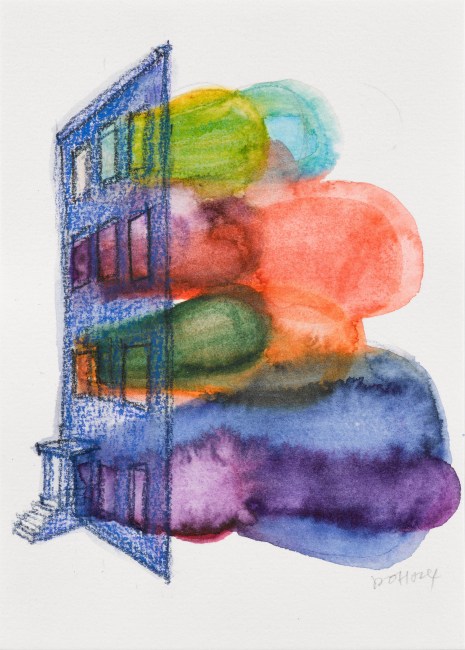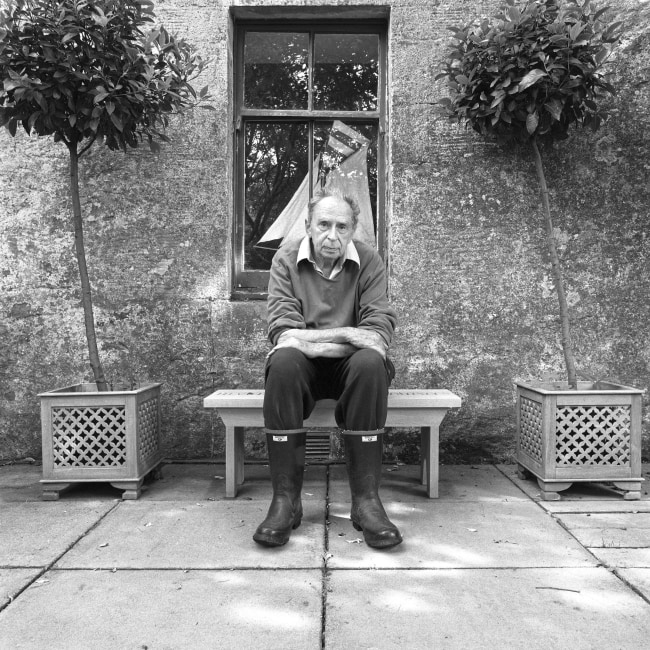Information
“When people ask me what I do, I say that I’m taking pictures of life today.” William Eggleston
Born in Memphis in 1939, William Eggleston has, for almost fifty years, photographed American life. Hailed as the father of colour photography, his ability to find beauty in the banal has changed the way we look at the world. Along with Gary Winogrand and Lee Friedlander, Eggleston forms part of a generation of post-war photographers whose works liberated the medium from the restrictive rules and conventions of the period. A native Southerner raised on a cotton plantation in the Mississippi Delta, William Eggleston has created a singular portrait of his native South. His colour prints monumentalize the everyday and he finds his subject matter in his native environment: in the urban and rural landscape, the parking lots, diners, motel rooms and lives of the people of Mississippi.
Behind a deceptive casualness Eggleston’s images reveal an acute and instinctive sense of colour and form. His mastery of composition is allied to a sustained experimentation with seductive, often saturated colour. The dye transfer process, which he uses, allows him to control the tone and intensity of each individual colour to deep emotive effect. Under his gaze the ordinary and everyday is invested with powerful significance. Although he began his career making black and white images, he soon abandoned them to experiment with colour technology. The Museum of Modern Art's groundbreaking one-man show of 1976, William Eggleston's Guide, established his reputation as the pioneer of modern colour photography. Until this exhibition colour photography had rarely been shown before in a museum context and was to change the way photography was viewed.



